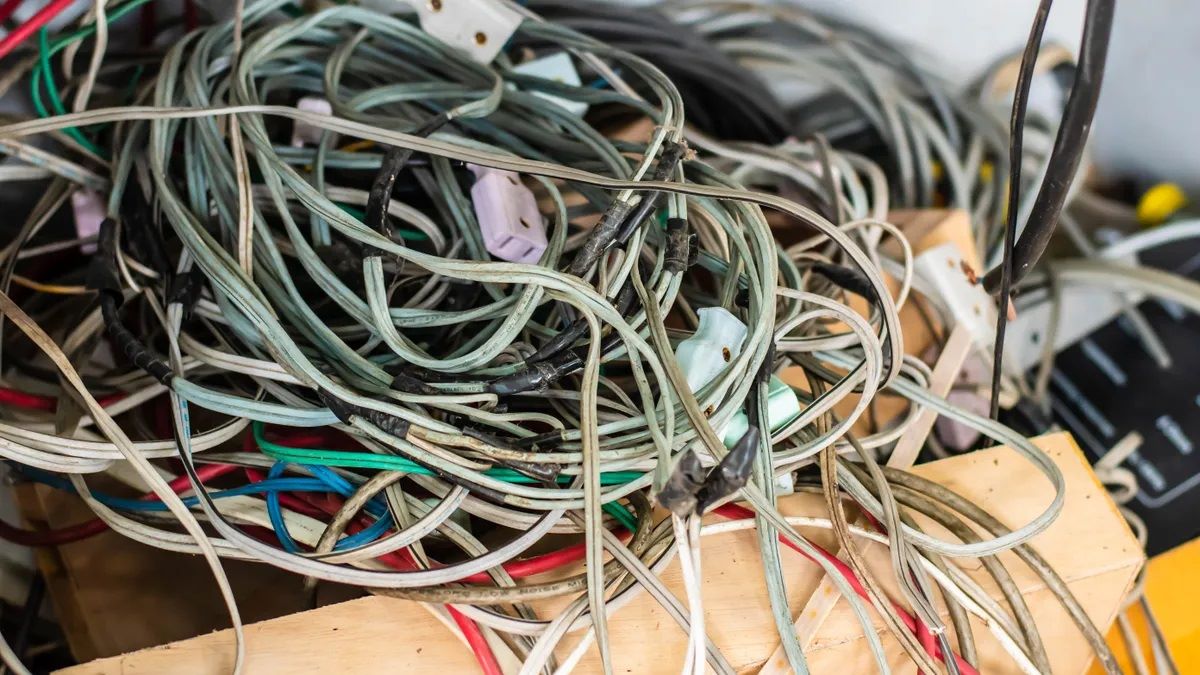

Articles
How To Tell Age Of Electrical Cord
Modified: December 7, 2023
Discover the best articles on how to tell the age of an electrical cord. Get expert tips and advice to ensure the safety of your electrical appliances.
(Many of the links in this article redirect to a specific reviewed product. Your purchase of these products through affiliate links helps to generate commission for Storables.com, at no extra cost. Learn more)
Introduction
Welcome to our guide on how to tell the age of an electrical cord. Electrical cords play a crucial role in powering our devices and appliances, but over time, they can become less reliable and potentially hazardous. Understanding the age of an electrical cord is essential to ensure safety and prevent potential electrical risks.
Knowing the age of an electrical cord allows you to determine if it has exceeded its expected lifespan and needs to be replaced. Age can affect the integrity of the cord, with factors such as wear and tear, exposure to environmental conditions, and materials degradation potentially compromising its safety.
In this article, we will explore different methods to determine the age of an electrical cord. From visual inspections to checking manufacturing dates and analyzing markings on the cord itself, we will provide you with the knowledge and tools necessary to assess the age and condition of your electrical cords.
By understanding how to tell the age of an electrical cord, you can make informed decisions about whether it needs to be replaced or if it is still safe to use. Let’s dive into the different methods you can use to assess the age of an electrical cord.
Key Takeaways:
- Regularly assessing the age of electrical cords is crucial for safety, reliability, and compliance. Visual inspection, manufacturing date checks, and condition assessment are key methods to ensure optimal performance and prevent potential hazards.
- Understanding the age of electrical cords allows for informed decisions on replacement and maintenance. By combining visual inspection, manufacturing date checks, and condition assessment, you can prioritize safety, reliability, and efficiency in your electrical environment.
Why is it important to know the age of an electrical cord?
Knowing the age of an electrical cord is crucial for several reasons. Here are a few key reasons why it is important to determine the age of an electrical cord:
- Safety: Electrical cords undergo wear and tear over time, which can lead to fraying, cracking, or other damage. Older cords are more likely to pose a safety hazard, as they may have deteriorated insulation or exposed wiring. By knowing the age of an electrical cord, you can assess its condition and reduce the risk of electrical shocks or fires.
- Reliability: Older cords may have internal damage or loose connections, making them less reliable. This can result in intermittent power supply, voltage drops, or even complete failure. By determining the age of an electrical cord, you can identify if it is nearing the end of its lifespan and replace it before it becomes unreliable.
- Compliance: Electrical safety regulations and standards are regularly updated to account for advancements in technology and to address potential hazards. By knowing the age of an electrical cord, you can ensure that it meets the current safety standards and avoid non-compliance issues.
- Warranty and Liability: Many electrical cords come with warranties that cover defects or malfunctions for a specific period. By knowing the age of the cord, you can determine if it is still covered under warranty and seek a replacement or repair if necessary. Additionally, if you lend or use electrical cords in a professional setting, knowing their age can help you avoid liability issues by ensuring they are in safe working condition.
- Efficiency: Over time, electrical cords may become less efficient in delivering power due to factors such as internal resistance or damage to the conductors. By knowing the age of a cord, you can assess its efficiency and consider upgrading to a newer, more energy-efficient model.
By understanding the importance of knowing the age of an electrical cord, you can prioritize safety, reliability, compliance, and efficiency when it comes to using electrical appliances and devices. Let’s now explore the methods you can use to determine the age of an electrical cord.
Visual Inspection
One of the first steps in determining the age of an electrical cord is to visually inspect its condition. Here are some key aspects to look for during a visual inspection:
- Physical damage: Examine the cord for any signs of physical damage, such as cuts, fraying, or exposed wires. These can indicate that the cord has been subjected to wear and tear and may be reaching the end of its lifespan.
- Flexibility: Bend the cord gently to assess its flexibility. An older cord may have become rigid or stiff over time, indicating its deterioration.
- Color: Some electrical cords may change color over time due to exposure to sunlight or other environmental factors. This discoloration can be an indication of the cord’s age, especially if it differs from the original color.
- Insulation: Check the insulation coating of the cord. If you notice cracks, chips, or peeling, it may be a sign that the insulation has deteriorated with age.
- Connectors and plugs: Inspect the connectors and plugs at both ends of the cord. Look for any signs of damage, such as loose connections or bent pins, that may affect proper functioning.
Keep in mind that visual inspection alone may not give you an accurate estimation of the cord’s age. However, it can provide valuable clues regarding its overall condition and potential lifespan.
Next, we’ll explore how to check the manufacturing date of an electrical cord.
Checking the Manufacturing Date
Checking the manufacturing date of an electrical cord can provide specific information about its age. While not all cords have easily accessible manufacturing date codes, it is worth checking for any markings or labels that indicate when the cord was produced. Here are a few methods you can use to find the manufacturing date:
- Date code on the plug or connector: Some cords may have a date code printed or stamped on the plug or connector. This code typically consists of letters and numbers that correspond to the manufacturing date. Refer to the manufacturer’s documentation or contact their customer support to decipher the code and determine the age of the cord.
- Product label or packaging: If you have the original packaging or product label, it may include information about the manufacturing date. Look for a specific section dedicated to the cord’s production details, including the date, batch, or lot number.
- Manufacturer’s website or documentation: Visit the manufacturer’s website or consult their documentation to check if they provide information about how to identify the manufacturing date of their cords. They may have specific instructions or resources that can help you determine the age.
- Serial number: In some cases, the serial number of an electrical cord may contain information about its production date. Refer to the manufacturer’s guidelines to understand how to decode the serial number and determine the age accordingly.
By checking the manufacturing date, you can get a more accurate idea of how old the electrical cord is. This information can be useful for assessing its condition, warranty coverage, and compliance with safety standards.
In the next section, we’ll explore how to analyze the markings on the cord to determine its age.
Look for a date code on the electrical cord, usually located near the plug or on the cord itself. This code will indicate the manufacturing date and help you determine the age of the cord.
Analyzing the Markings on the Cord
Another method to determine the age of an electrical cord is by analyzing the markings that are typically found on the cord itself. These markings can provide useful information about the cord’s manufacturing date or other relevant details. Here are a few markings to look for and how to interpret them:
- UL or ETL markings: Look for markings such as “UL Listed” or “ETL Listed” on the cord. These markings indicate that the cord has undergone safety testing and meets the standards set by Underwriters Laboratories (UL) or Intertek (ETL). While these markings may not explicitly indicate the manufacturing date, they can give you a rough idea of when the cord was produced based on the certification standards in effect at the time.
- Model or part number: The cord may have a model or part number printed on it. This alphanumeric code can vary depending on the manufacturer but may include information about the cord’s specifications and production details. Check the manufacturer’s documentation or contact their customer support to understand how to interpret the model or part number to determine the age of the cord.
- Batch or lot number: Some cords may have a batch or lot number stamped on them. This is a unique identifier that represents a specific production run or group of cords. Contact the manufacturer for information on how to decode the batch or lot number and determine the cord’s manufacturing date.
- Country of origin: Look for markings indicating the country of origin, such as “Made in…” followed by the country name. While this does not provide specific information about the manufacturing date, it can give you a general idea based on historical production patterns of that particular country.
By analyzing the markings on the cord, you can gather valuable information that can help you determine its age and other relevant details. However, keep in mind that not all cords will have markings that directly indicate the manufacturing date. In such cases, you can use other methods, like visual inspection or checking the manufacturing date, to estimate the age of the cord.
In the next section, we’ll discuss how to determine the age of an electrical cord based on its condition.
Determining the Age Based on the Condition of the Cord
The condition of an electrical cord can provide valuable insights into its age. While this method may not yield a precise manufacturing date, it can help you gauge the cord’s relative age and condition. Here are some factors to consider when determining the age based on the condition of the cord:
- Flexibility: Newer cords tend to be more flexible and have a greater range of motion. If the cord feels stiff or rigid, it may indicate that it has aged and become less pliable.
- Insulation: Inspect the insulation of the cord. Over time, the insulation may crack, become brittle, or show signs of deterioration. If you observe any of these conditions, it suggests that the cord has aged and may be nearing the end of its lifespan.
- External damage: Look for visible signs of external damage, such as cuts, abrasions, or fraying. These physical imperfections can occur over time due to normal wear and tear. If the cord shows extensive external damage, it is likely older and may need to be replaced.
- Connectors and plugs: Examine the connectors and plugs at both ends of the cord. If they show signs of wear, loose connections, or corrosion, it can be an indication that the cord has been in use for a considerable period.
- Overall appearance: Keep in mind that the general appearance of an electrical cord can provide some clues about its age. Faded colors, outdated design features, or a worn-out look may suggest that the cord is older.
By assessing the condition of the cord, you can make a reasonable estimation of its age. However, it is important to note that the condition alone may not provide an exact manufacturing date. Consider combining this method with other approaches, such as visual inspection or checking manufacturing date codes, for a more accurate assessment.
Now that we have explored different methods to determine the age of an electrical cord, let’s conclude our article.
Conclusion
Knowing the age of an electrical cord is crucial for ensuring safety, reliability, and compliance with electrical standards. By following the methods outlined in this article, you can accurately determine the age of your electrical cords and make informed decisions about their use and maintenance.
Visual inspection is an essential first step in assessing the condition of an electrical cord. By checking for physical damage, flexibility, color variations, insulation condition, and connector integrity, you can gather valuable information about the relative age and overall condition of the cord.
Checking the manufacturing date of the cord provides specific information about its production timeline. Look for date codes on the plugs or connectors, refer to the product label or packaging, consult the manufacturer’s website, or decode the serial number to determine the manufacturing date of the cord.
Analyzing the markings on the cord, such as UL or ETL certifications, model or part numbers, batch or lot numbers, and country of origin, can also help in estimating the cord’s age. However, keep in mind that not all cords will have markings directly indicating the manufacturing date.
Lastly, the condition of the cord itself can provide valuable insights into its age. Factors such as flexibility, insulation quality, external damage, connector conditions, and overall appearance can help you gauge the relative age and potential lifespan of the cord.
By combining these methods and considering the information gathered from each, you can make informed decisions regarding the safety, reliability, and efficiency of your electrical cords. It is important to regularly assess the age of your cords and replace them when necessary to prevent potential hazards and ensure optimal performance.
Remember, the age of an electrical cord directly impacts its safety and functionality. By staying vigilant and proactive in assessing the age of your cords, you can maintain a safe and efficient electrical environment.
Frequently Asked Questions about How To Tell Age Of Electrical Cord
Was this page helpful?
At Storables.com, we guarantee accurate and reliable information. Our content, validated by Expert Board Contributors, is crafted following stringent Editorial Policies. We're committed to providing you with well-researched, expert-backed insights for all your informational needs.
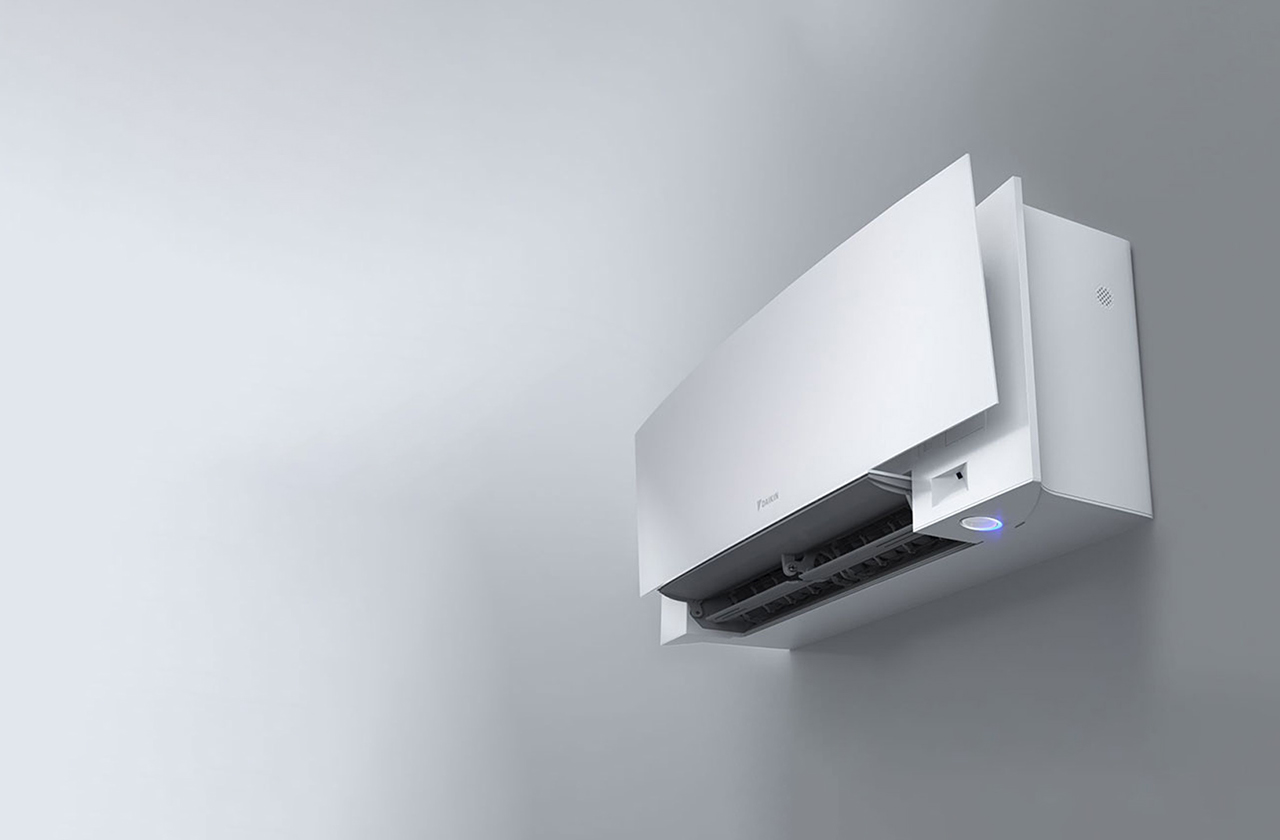
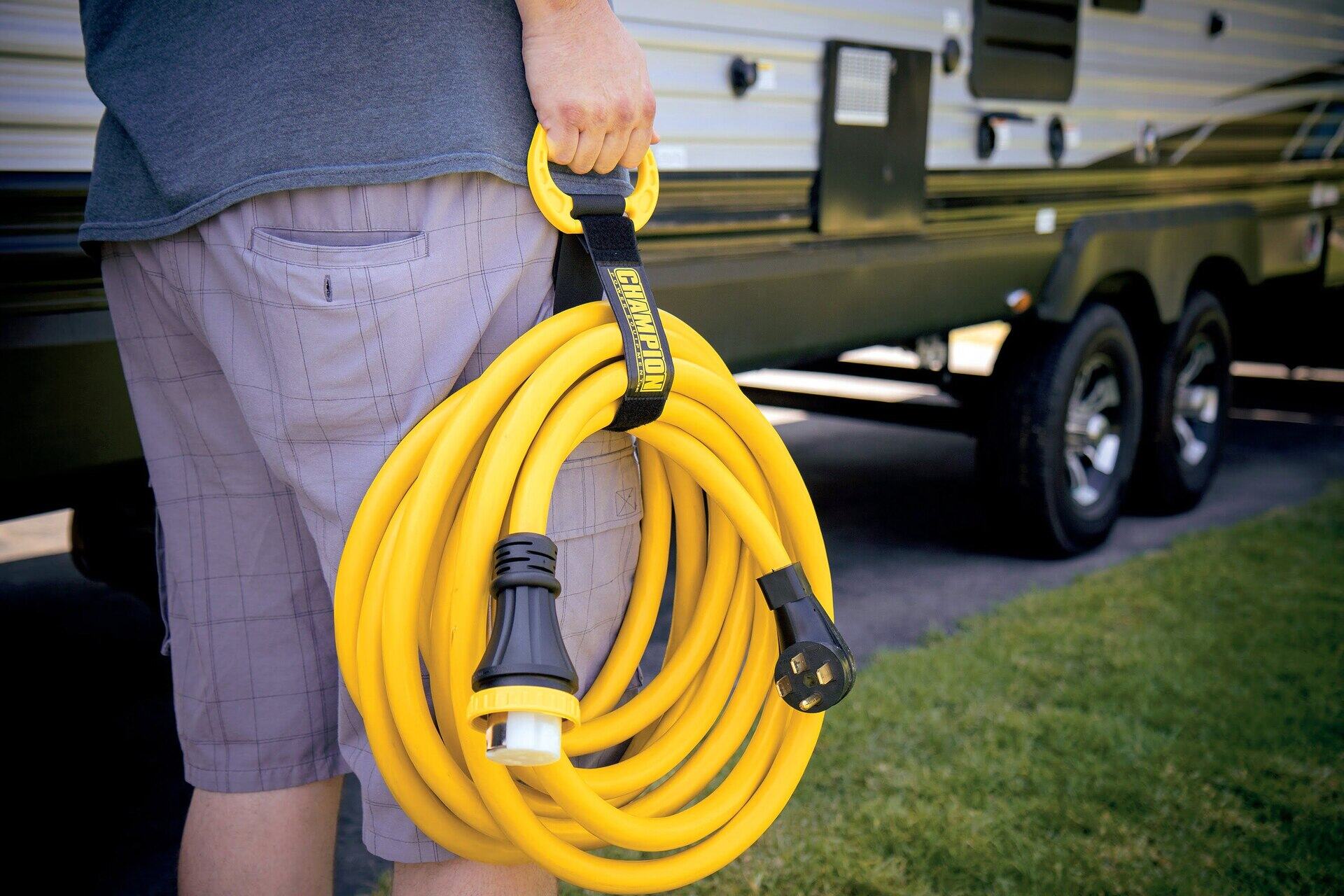
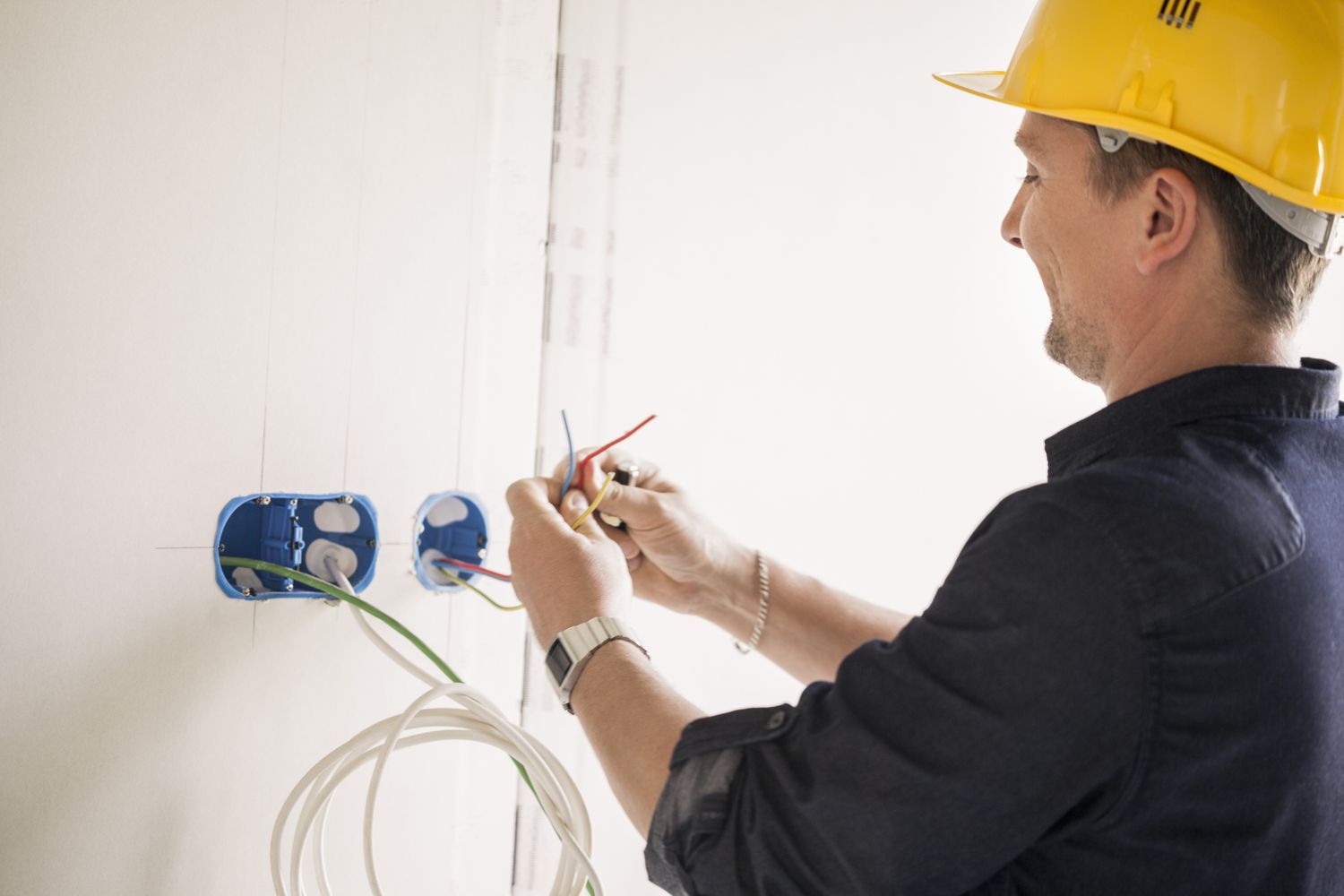
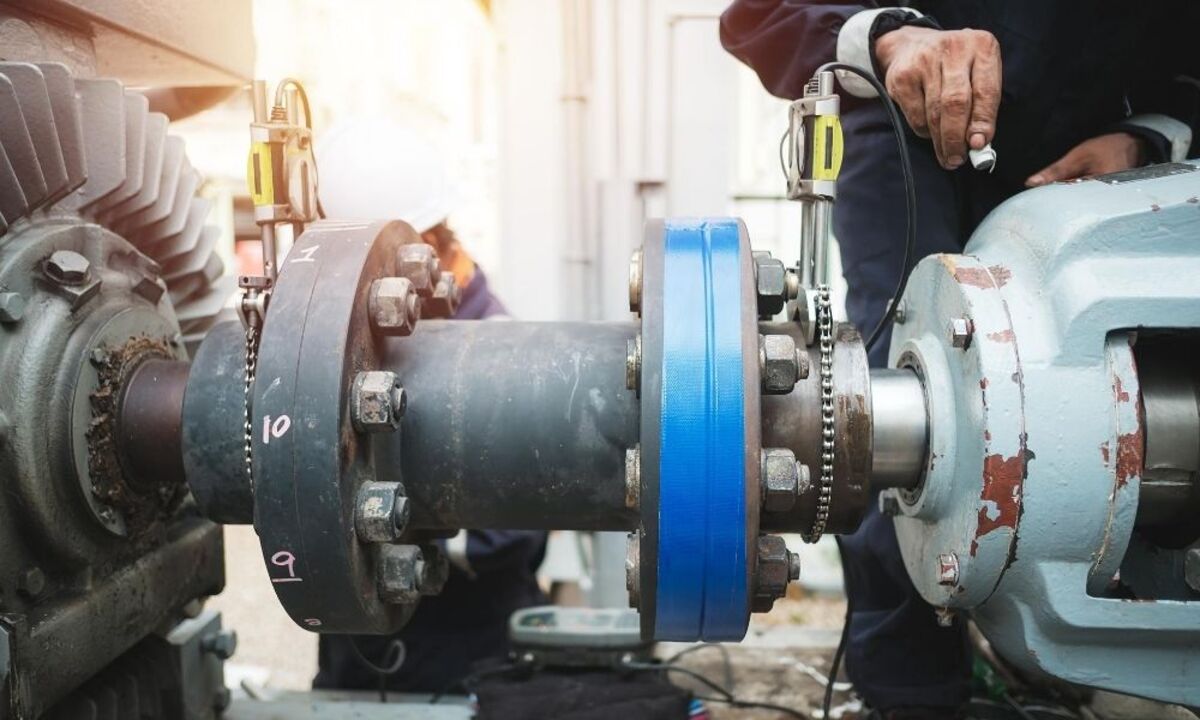


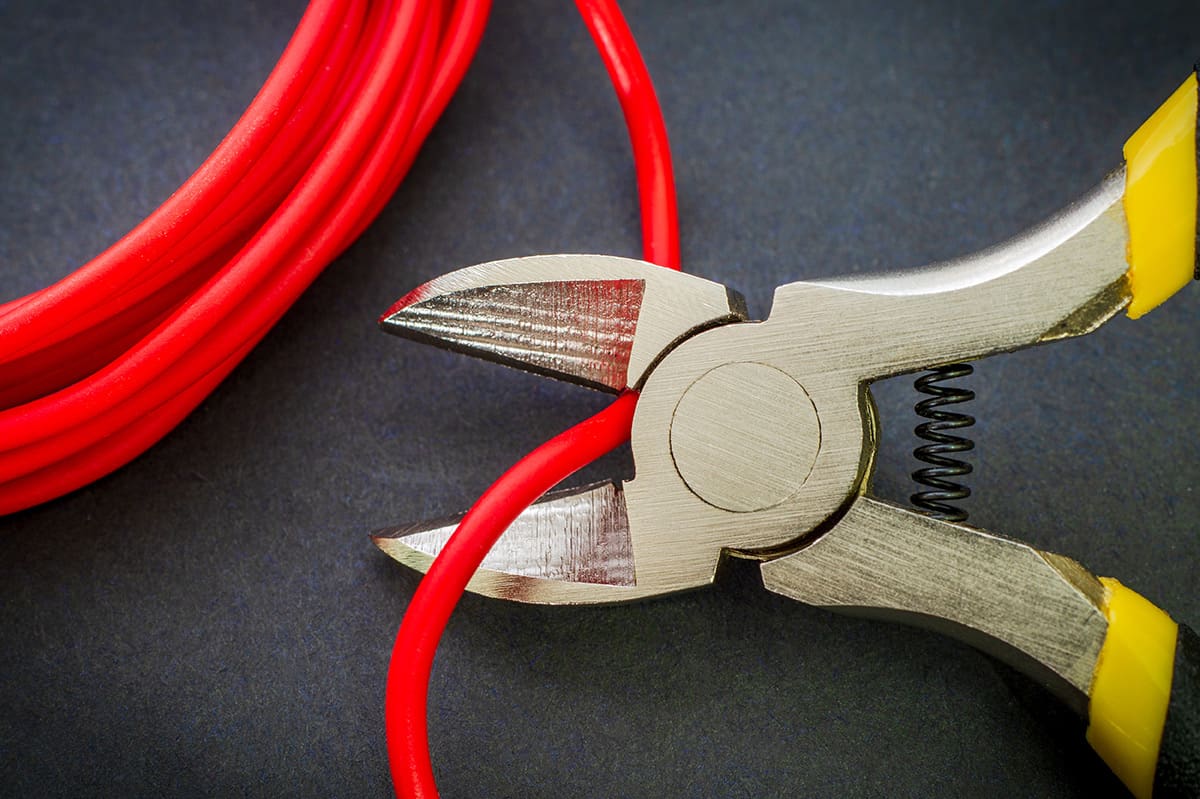
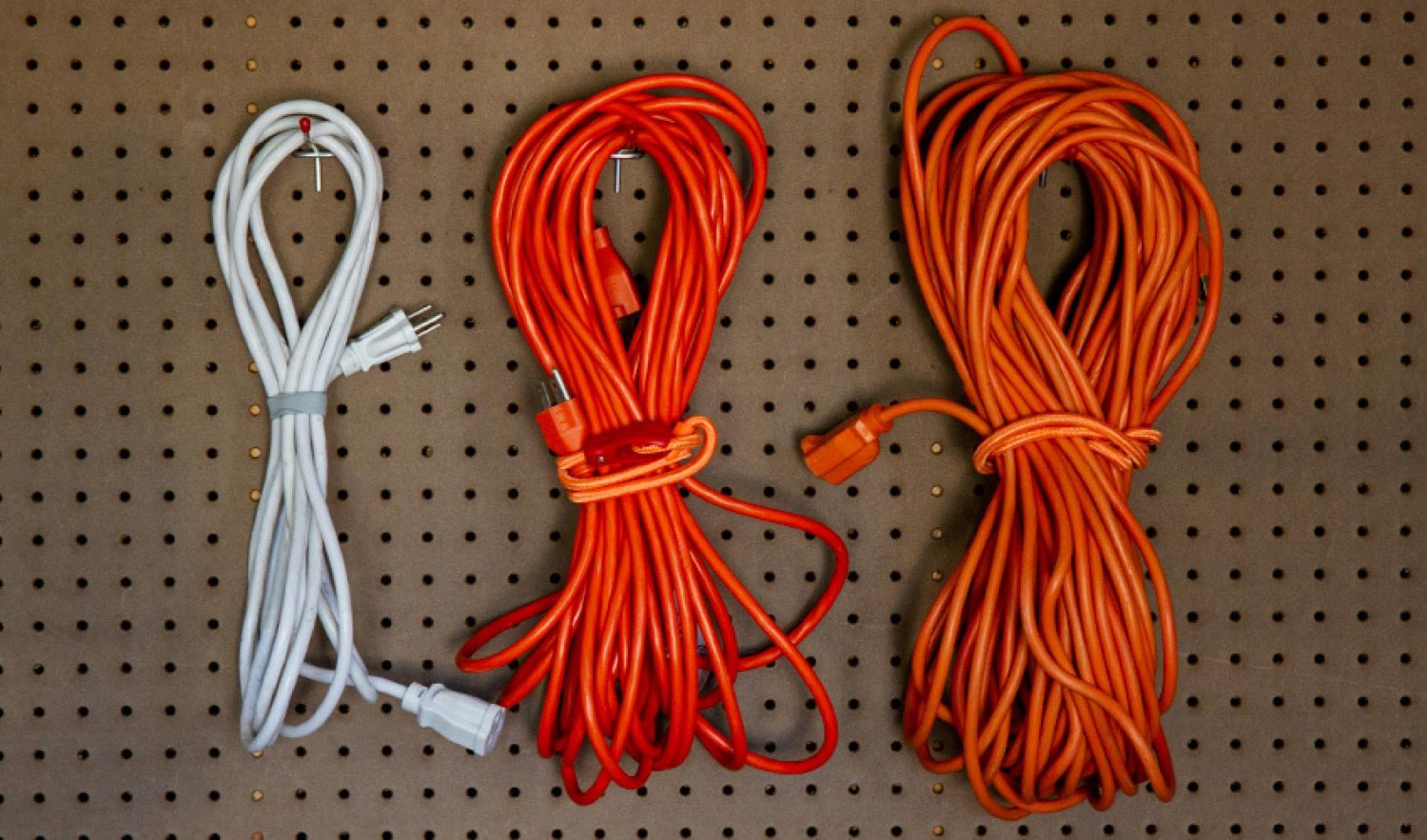
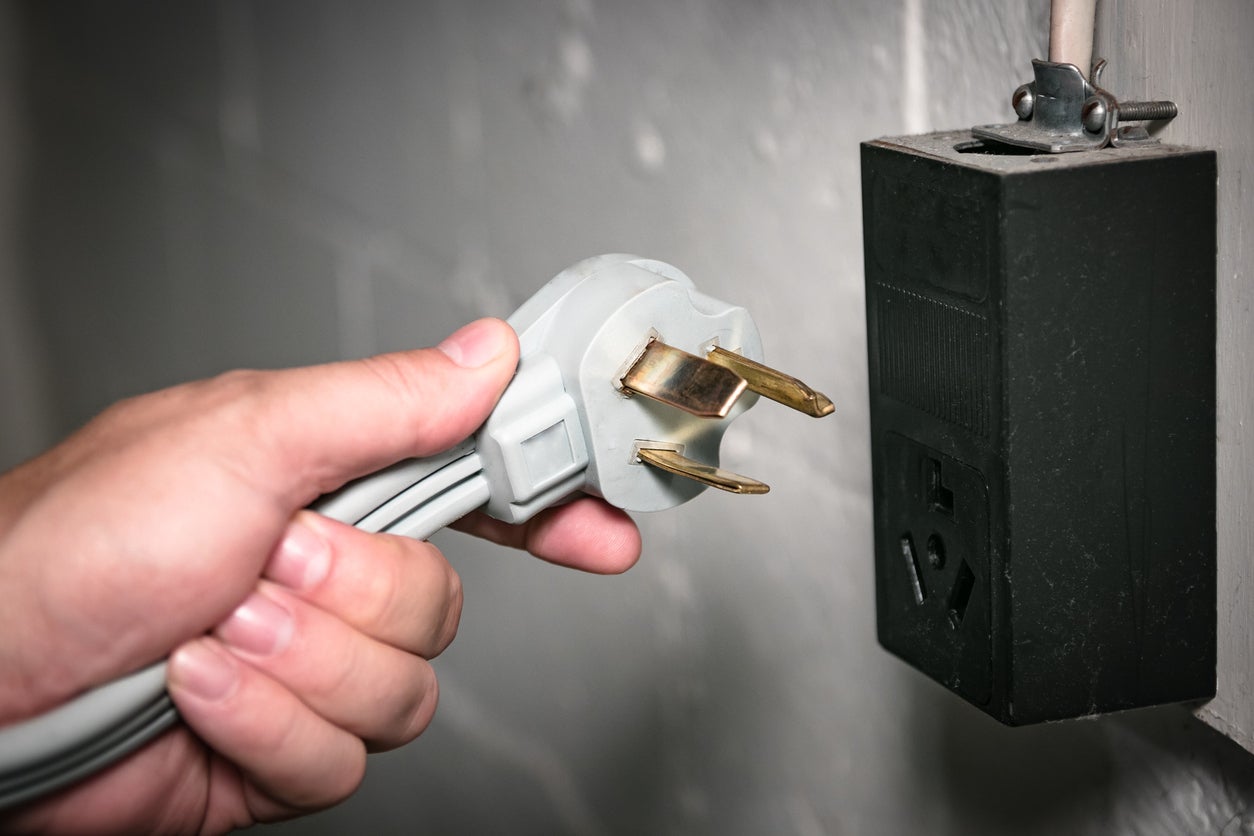
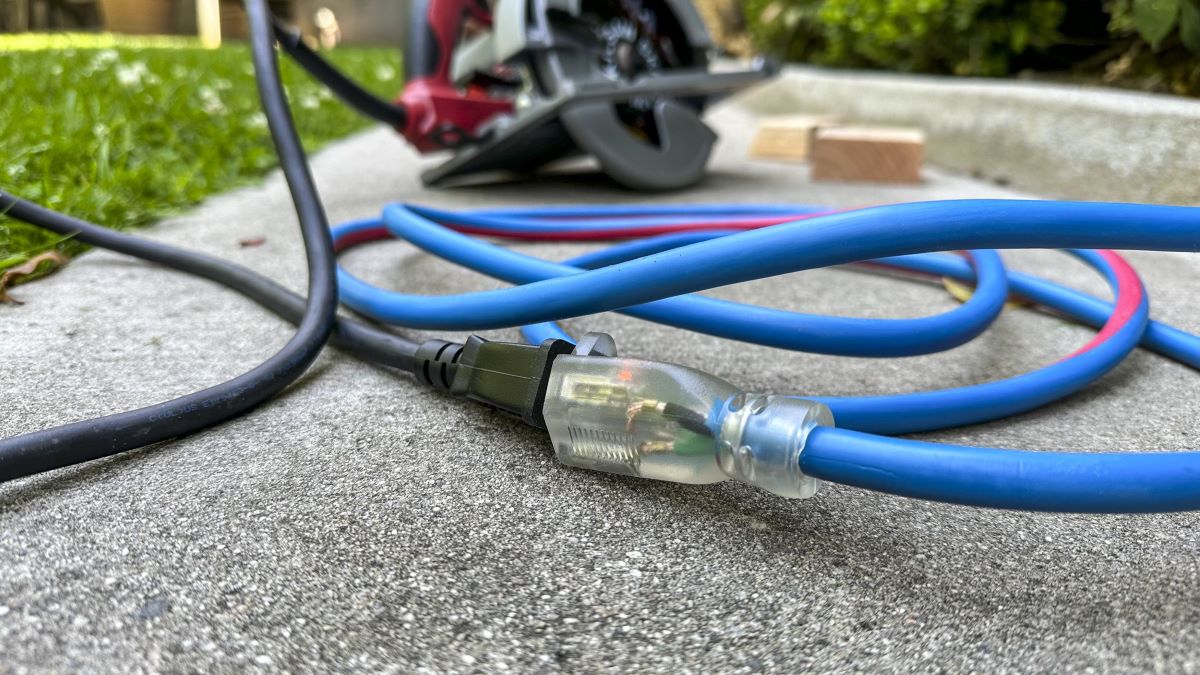

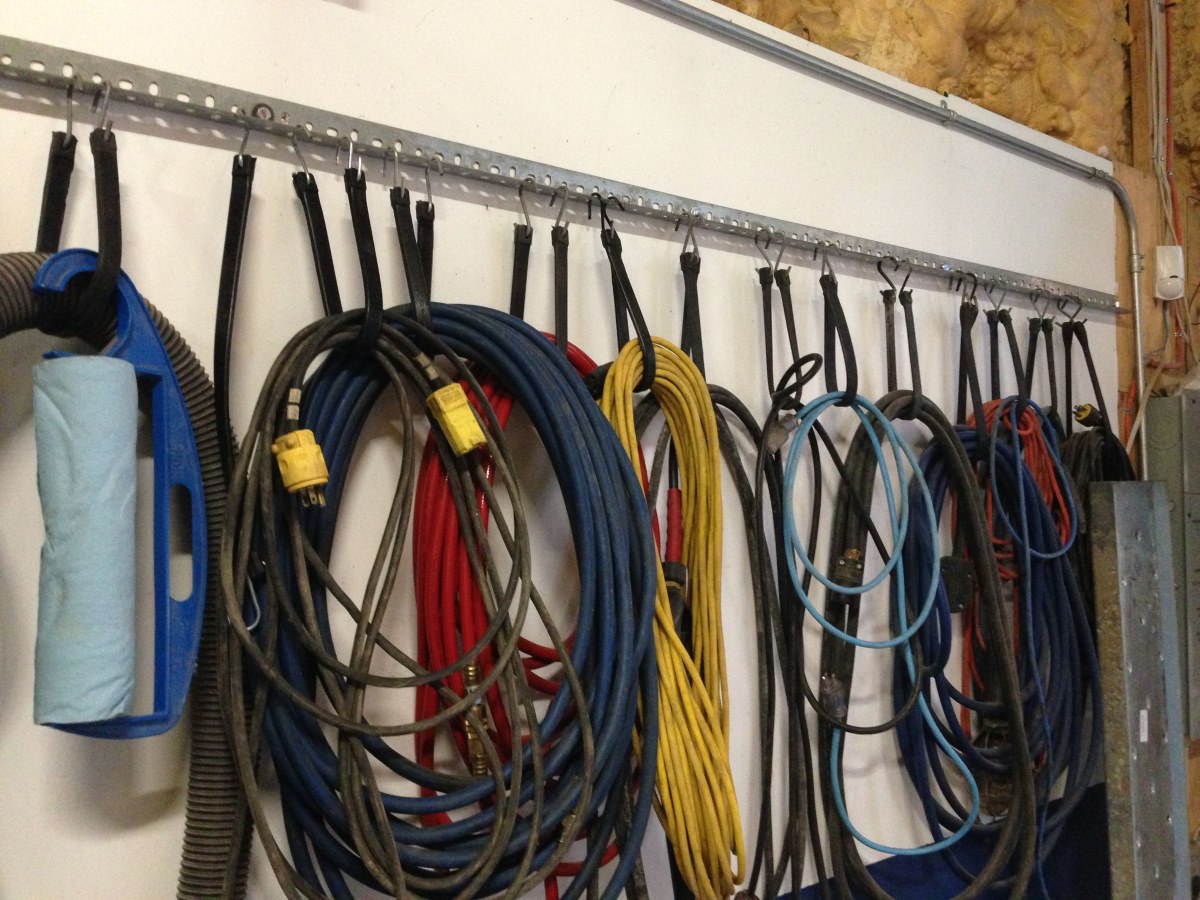
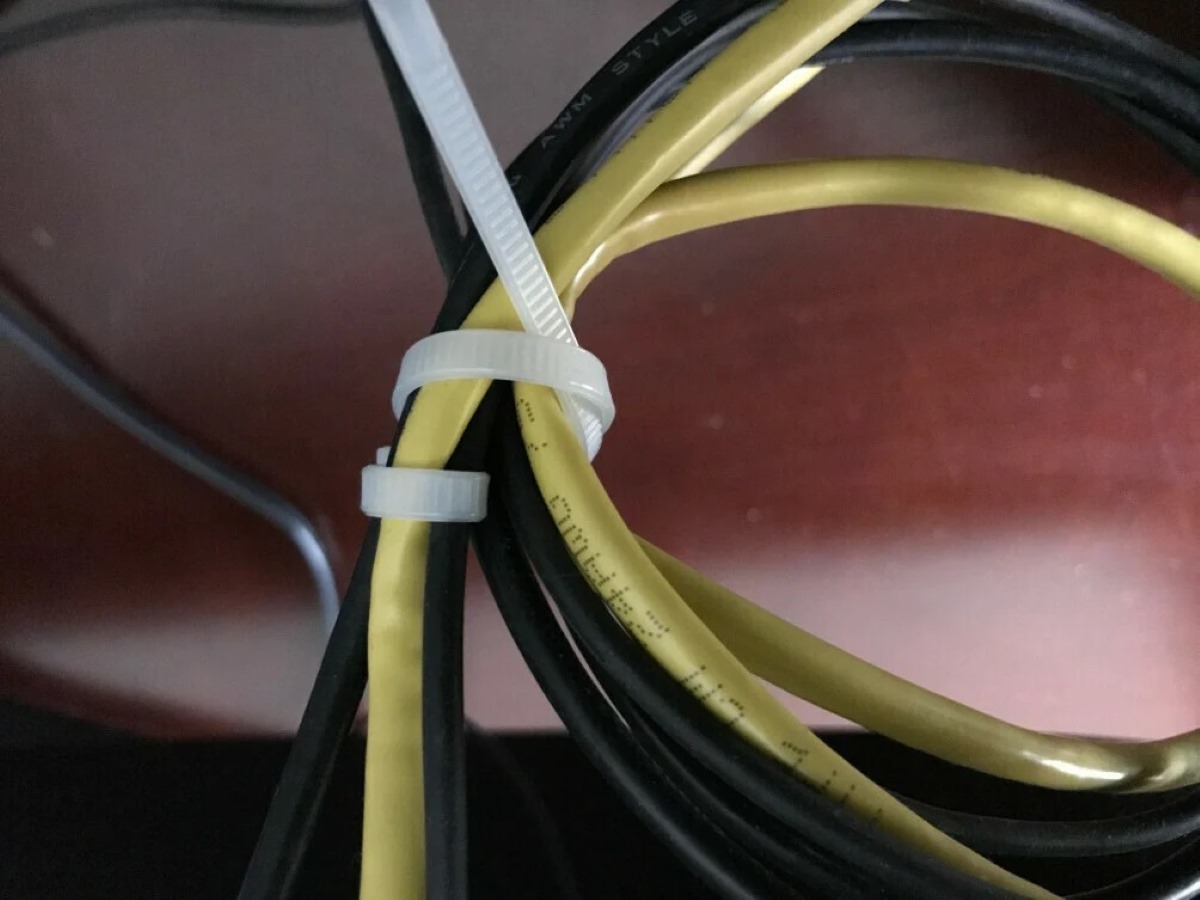
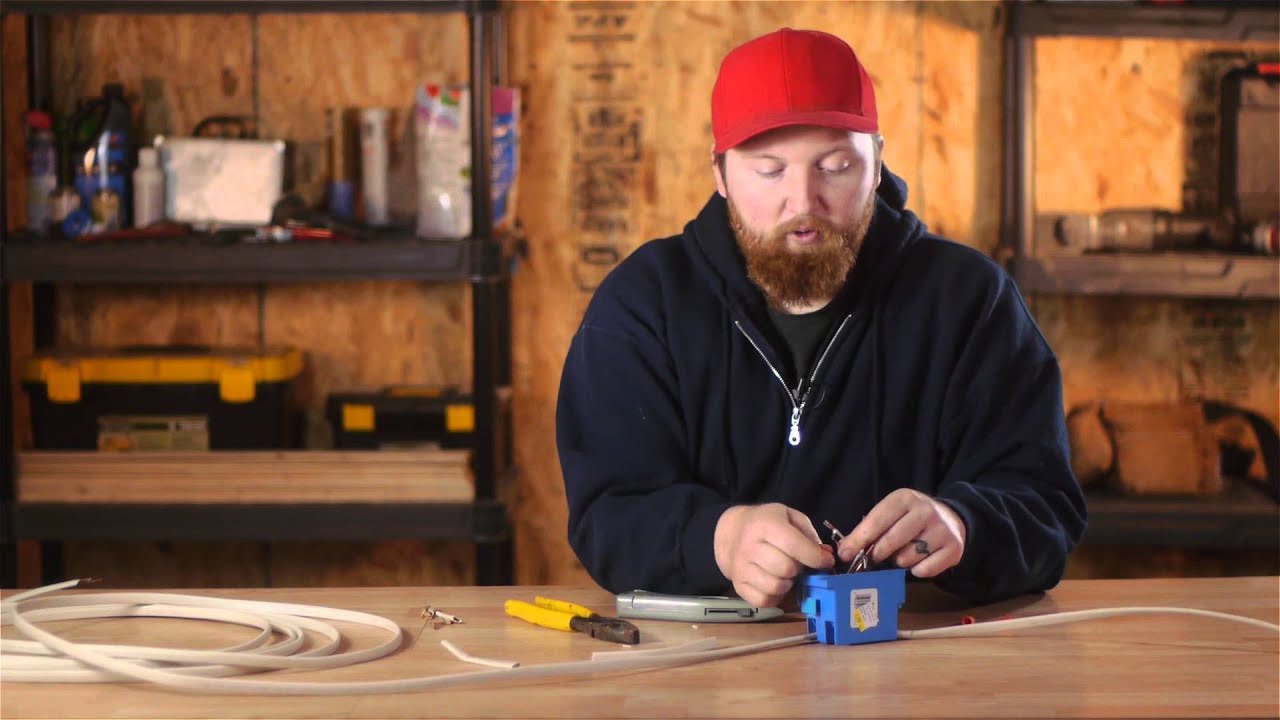

0 thoughts on “How To Tell Age Of Electrical Cord”